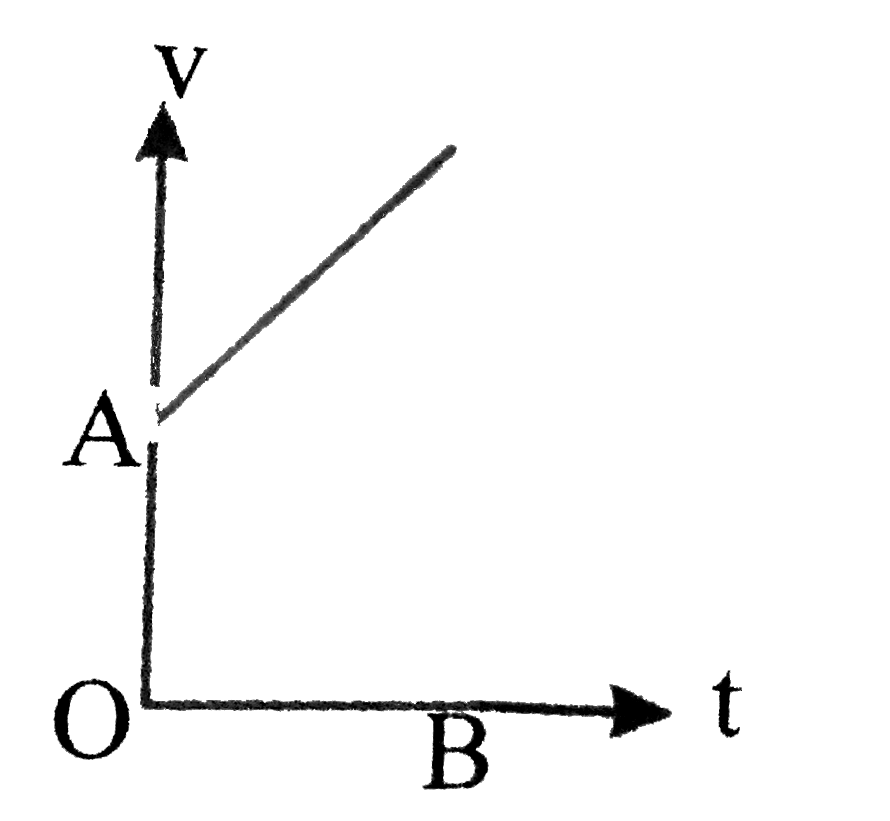The quantity (PV/KBT) represents
number of molecules in the gas
mass of the gas
number of moles of the gas
translational energy of the gas
The correct Answer is:A
PV=nRT
n=PVRT
Number of molecules =NAPVRT
=PV(R/NA)T=PVkBT
Topper's Solved these Questions
- BOOK - OP TANDONCHAPTER - STATES OF MATTER (GASES AND LIQUIDS)EXERCISE - Assertion-Reason10videos
STATES OF MATTER (GASES AND LIQUIDS)
- BOOK - OP TANDONCHAPTER - STATES OF MATTER (GASES AND LIQUIDS)EXERCISE - Matrix Matching type questions7videos
STATES OF MATTER (GASES AND LIQUIDS)
- BOOK - OP TANDONCHAPTER - STATES OF MATTER (GASES AND LIQUIDS)EXERCISE - Set 240videos
STATES OF MATTER (GASES AND LIQUIDS)
- BOOK - OP TANDONCHAPTER - SOLUTIONS (GENERAL AND COLLIGATIVE PROPERTIES)EXERCISE - Self Assessment31videos
SOLUTIONS (GENERAL AND COLLIGATIVE PROPERTIES)
- BOOK - OP TANDONCHAPTER - STATES OF MATTER (SOLID STATE)EXERCISE - SELF ASSESSMENT Section VI3videos
STATES OF MATTER (SOLID STATE)
Similar Questions
Knowledge Check
- Question 1 - Select One
The quantity PV/kT represents
Amass of the gasBkinetic energy of the gasCnumber of moles of the gasDnumber of molecules in the gas - Question 2 - Select One
In the equation PV4=RT, V represents
Avolume of containerBvolume of one mole of a gasCvolume of 4 mole of a gasDvolume of 14 mole of a gas - Question 3 - Select One
Equation of a standing wave is generally expressed as y=2Asinωtcoskx. In the equation quantity ωk represents
Athe transverse speed of the particles of the stringBthe speed of either of the component wavesCthe speed of the standing waveDa quantity that is independent of the properties of the string.
Name the quantity that represents rate of change of displacement.
View SolutionName the quantity that represents rate of change of velocity ?
View SolutionThe quantity [PVkT] represent
View SolutionConsider an expression F=Axsin−1'(Bt) where F represents force, x represents distance and t represents time. Dimensionally the quantity AB represents
View Solution
The variation of quantity A with quantity B. plotted in the fig. Describes the motion of a particle in a straight line.
(a) Quantity B may represent time.
(b) Quantity A is velocity if motion is uniform.
(c) Quantity A is displacement if motion is uniform
(d) Quantity A is velocity if motion is uniformly accelerated.View Solution

